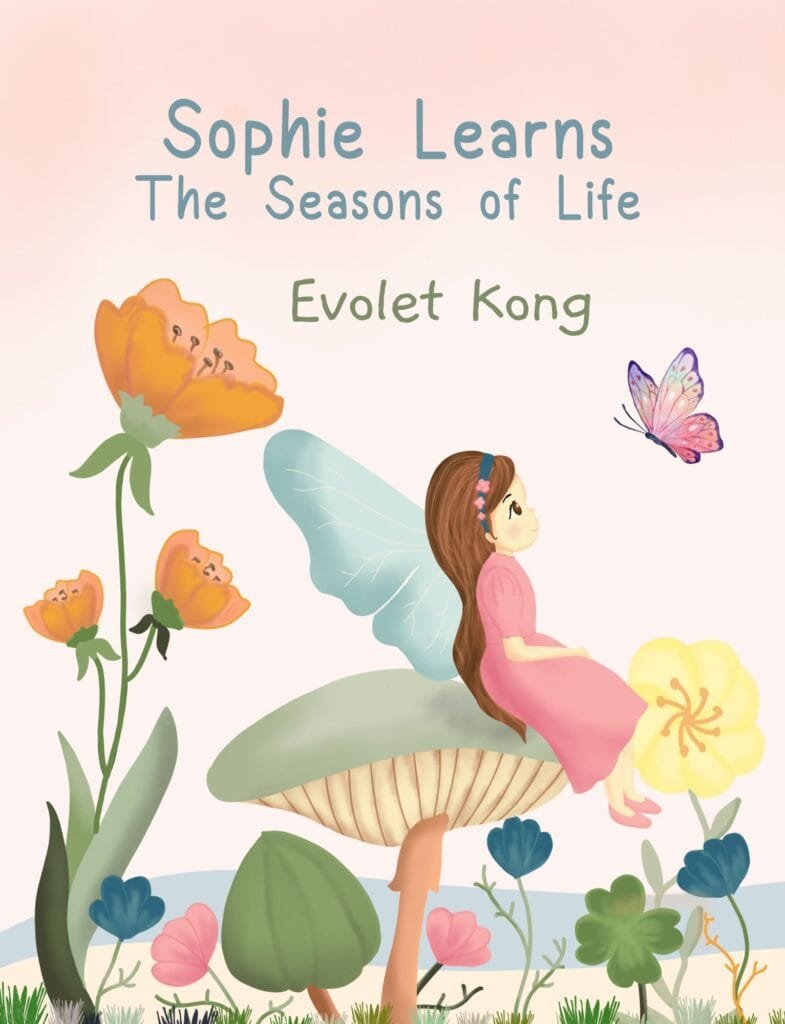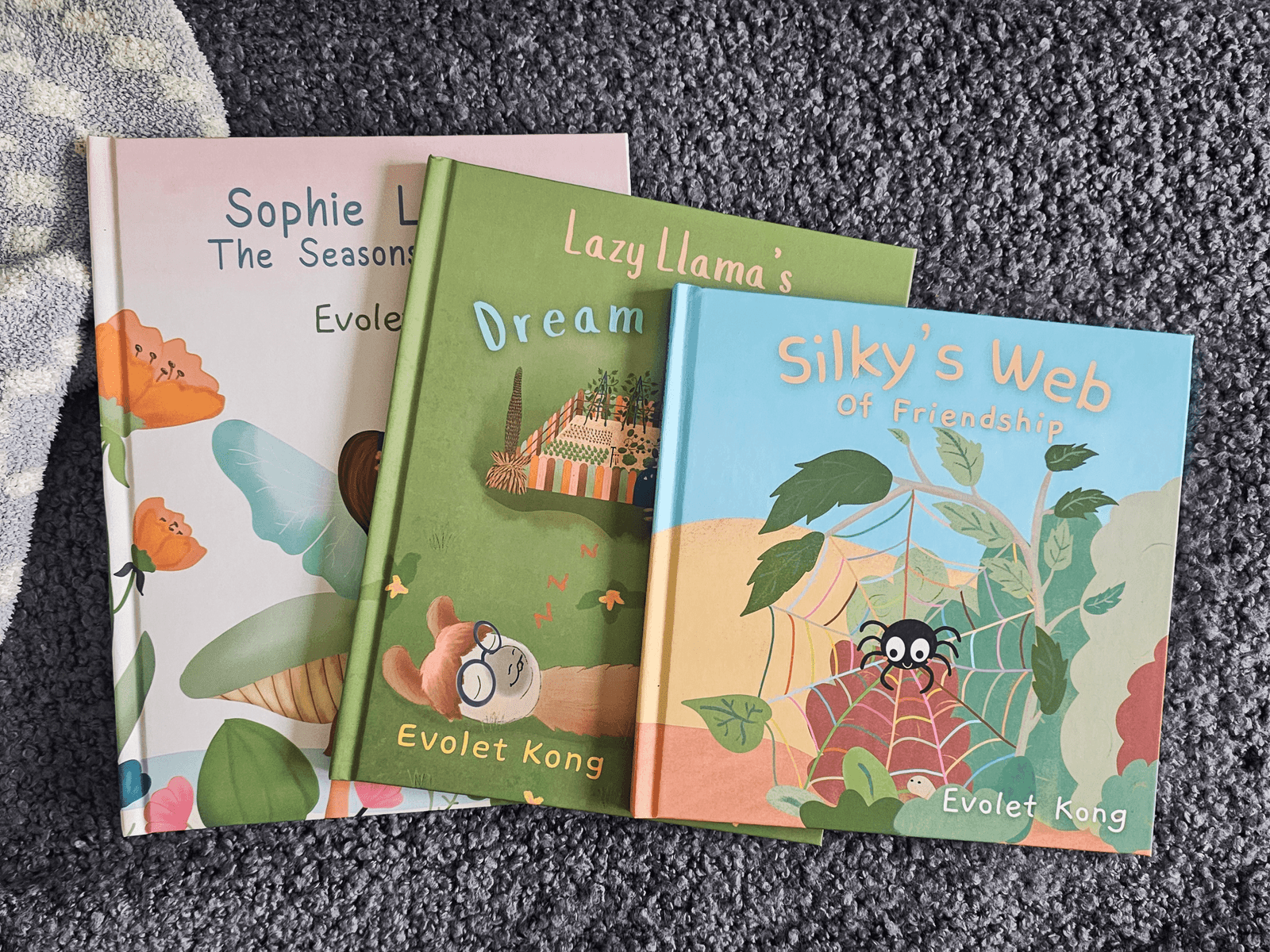
As parents, we hold an incredible power to nurture and inspire our children’s creativity and imagination. Fostering a love for storytelling helps children become expressive, confident, and curious about the world around them. Storytelling also helps kids explore emotions, solve problems, and build their communication skills.
Whether it’s through reading, asking fun questions, or simply encouraging their artwork, you can provide countless opportunities for imaginative play and learning right at home. Here are ten creative tips to help spark your child’s imagination and make storytelling an everyday adventure.
1. Read Daily
Reading daily with your child is one of the best ways to fuel their imagination and creative thinking. Each book opens up new worlds, introduces diverse characters, and shows them how stories are constructed. Whether it’s a short bedtime story or a quiet moment during the day, regular reading sessions help expand their vocabulary and inspire them to imagine their own tales. By making reading a routine, you’re setting up a daily ritual that can last a lifetime.
2. Ask Open-Ended Questions
Encouraging your child to think creatively can be as simple as asking the right questions. Open-ended questions—ones that don’t have a “yes” or “no” answer push kids to think beyond the obvious and come up with their own ideas.
For instance, after reading a book, instead of asking :
1. Did you like the story?
2. What do you think would happen if the dragon made a new friend?
3. How would you change the ending of the story?
These questions invite your child to explore alternate scenarios, build on what they’ve read, and imagine new possibilities. You can also ask open-ended questions about their day, objects around the house, or even their favorite toys. Questions like, “What do you think your stuffed bear does when we’re asleep?” or “How would you fly if you could grow wings tomorrow?” spark curiosity and help develop creative thinking skills. This not only engages them in the story but helps them practice thinking critically about characters and situations.
3. Create Story Prompts
Story prompts can be an excellent way to jumpstart your child’s creativity, especially if they need a little inspiration to start crafting their own tales. A simple prompt like, “Once upon a time, a little girl found a magic key…” can lead to an exciting, imaginative journey. By providing the first line or setting the scene, you give your child a jumping-off point to let their creativity take over. They can decide who the characters are, what challenges they face, and how the story ends. You can make this even more fun by using objects around the house or favorite toys as inspiration for the prompts. “What if your toy dinosaur came to life and went on an adventure in the backyard?” Watch as their ideas evolve and grow as they add new details to the story. You could even turn it into a family activity, with each family member contributing to the ongoing tale.

4. Encourage Drawing
For many children, especially younger ones, drawing can be a natural way to tell stories before they can fully express themselves in words. Encouraging your child to draw their characters, story settings, or favorite scenes from a book helps them explore storytelling through visual art. Provide them with plenty of supplies such as markers, crayons, paper, and even a chalkboard to let their creativity flow.
After they’ve finished their drawing, ask them to explain what’s happening in the picture. This can lead to more detailed storytelling as they describe the actions and emotions of their characters. As they gain confidence, their drawings may become more elaborate, and they’ll naturally start narrating their stories aloud. Drawing isn’t just a creative outlet; it’s a tool for developing fine motor skills, visual imagination, and early writing skills as they label or add dialogue to their art.
5. Emphasize the Power of “What If”
Kids love to explore possibilities, and there’s no better way to encourage their imagination than with a good “what if” question. By asking questions like, “What if the sky was green?” or “What if animals could talk?” you’re helping them expand their thinking beyond the ordinary and explore wild and wonderful ideas. These kinds of questions teach children to see the world differently, to imagine how things could be, not just how they are.
You can turn any part of your day into a fun “what if” game, whether it’s while driving in the car or during dinner. Encourage your child to think of their own “what if” scenarios, and watch as their creativity begins to blossom. These playful exercises show that the limits of their imagination are endless, making them more likely to explore new ideas and think outside the box.
6. Tell Alternate Endings
Telling alternate endings is a fun and interactive way to show kids that stories don’t always have to follow a strict path. After finishing a story, ask your child, “What would you change about the ending?” or “What if the villain became the hero?” This kind of brainstorming helps children understand that stories are flexible and can take different directions. It also encourages them to think critically about story structure and character development.
By coming up with different ways to end a story, children learn that they have the power to create and shape narratives however they like. This is a great activity to do together after reading a book or even while watching a movie. You might be surprised by how many creative, surprising, or humorous endings your child can dream up!
7. Read and Discuss Diverse Books
Exposure to a variety of books from different cultures, places, and perspectives is key to broadening your child’s understanding of the world. When children read diverse stories, they learn that there are many ways to see the world, and this opens up new possibilities for their storytelling.
Choose books that introduce characters from different backgrounds, cultures, and experiences. After reading, take some time to discuss the story with your child. Ask them what they learned, what they found surprising, or how they would expand the story. This not only helps build empathy and understanding, but it also sparks new ideas for their own imaginative stories. Your child might even be inspired to create characters or settings based on the new cultures and ideas they’ve encountered in these books.

8. Use Nature for Inspiration
Nature is one of the richest sources of inspiration for sparking your child’s imagination. A simple walk in the park or a day at the beach can fuel countless story ideas. Encourage your child to observe the world around them, the trees, animals, clouds, or even the wind. Ask them to imagine what the birds are talking about or what adventures the squirrels are having in the trees. Maybe they’ll invent a story about the life of a butterfly or create a magical world where flowers can talk.
Nature also provides opportunities for hands-on creativity, like collecting leaves, rocks, or shells to use as props for storytelling. This activity not only inspires imaginative thinking but also encourages mindfulness and appreciation for the natural world.
9. Set Up a Creative Writing and Drawing Area
Creating a special space where your child can write or draw is a wonderful way to encourage their storytelling. Having a designated creative corner, whether it’s a small desk, a nook with pillows, or a space on the dining table gives them a sense of ownership over their creativity. Make sure it’s stocked with supplies like paper, crayons, markers, and notebooks so they always have the tools they need to express their ideas.
When kids have their own space to let their imaginations run wild, they’re more likely to sit down and create without needing any prompting. A creative space can also serve as a quiet area where they can go to relax, think, read, and let their ideas take shape.
10. Be a Creative Role Model
As a parent, one of the best ways to encourage your child’s imagination is to be creative yourself. Share your own stories, make up funny characters, or even collaborate on a story together. When children see you enjoying creative activities, they’ll be inspired to do the same.
You can also involve your child in your own creative projects, whether it’s writing, painting, or even baking. The key is to show that creativity isn’t just something kids do—it’s something everyone can enjoy, no matter their age. By being a creative role model, you help your child see that storytelling and imaginative thinking are lifelong skills that they can carry with them into adulthood.
Sparking your child’s imagination is one of the most rewarding things you can do as a parent. Through reading, asking thoughtful questions, and encouraging creative activities like drawing or storytelling, you’re helping them develop critical thinking skills, emotional expression, and a love for stories. Imagination is the foundation of creativity, and with your guidance, your child can explore endless possibilities in their world of make-believe. Let their creativity flourish, and who knows—you might even discover your own storytelling spark along the way!
5 Recommended Books to Read To Your Loved Ones Today!









